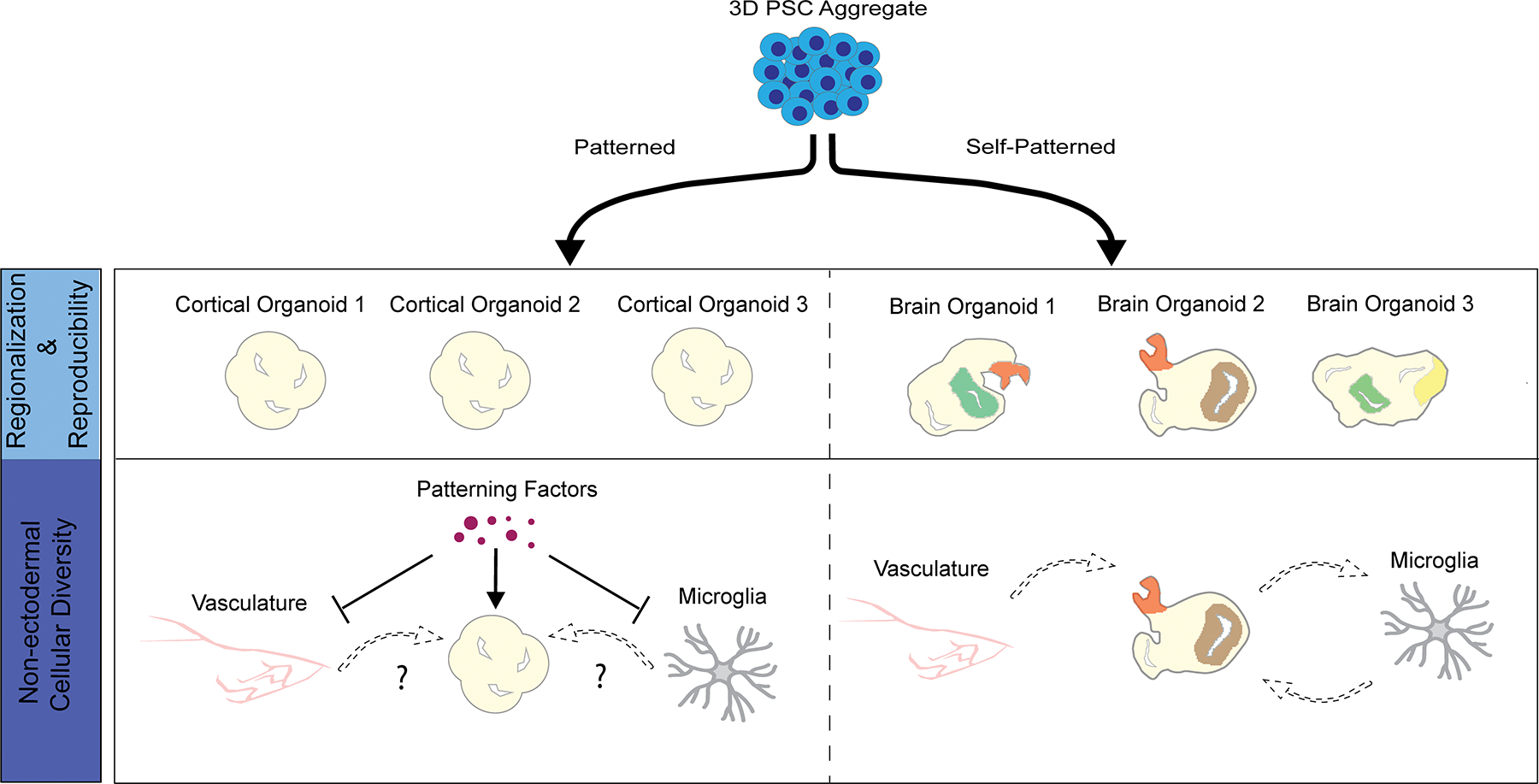Figure 2. Comparison of patterned and self-patterning approaches in generating human brain organoids.

Protocols rely on either the use of morphogen driven patterning strategies to generate organoids reminiscent of a specific brain region, or the innate ability of aggregated pluripotent stem cells (PSC’s) to establish self-patterning morphogen gradients that drives neuroectodermal identity and produce organoids reminiscent of the whole brain. While organoids patterned towards the cortex have been shown to reproducibly generate cortical neurons in similar ratios, self-patterned whole brain organoids contain diverse but heterogeneous brain regions (top panels). For example, in patterned cortical organoids, all non-ectodermal cell types including microglia are omitted. In addition, the heavy patterning employed at early stages of organoid generation in these protocols may affect the integration of microglial and vascular cells into these cultures at this stage. Self-patterned brain organoids, on the other hand, allow for the spontaneous generation of microglial populations and due to the lack of exogenous morphogens, permit integration of non-ectodermal cell types (bottom panels).
